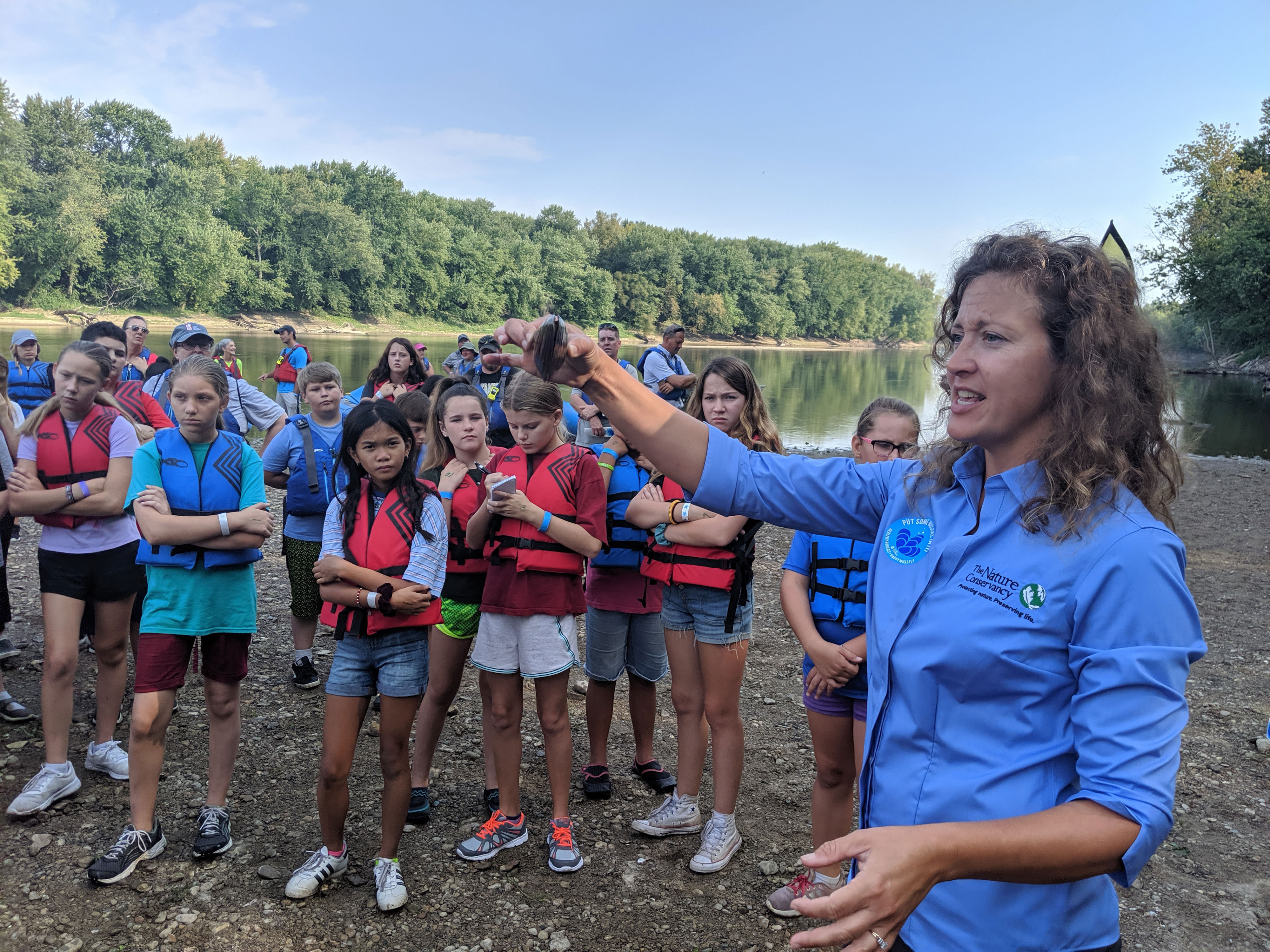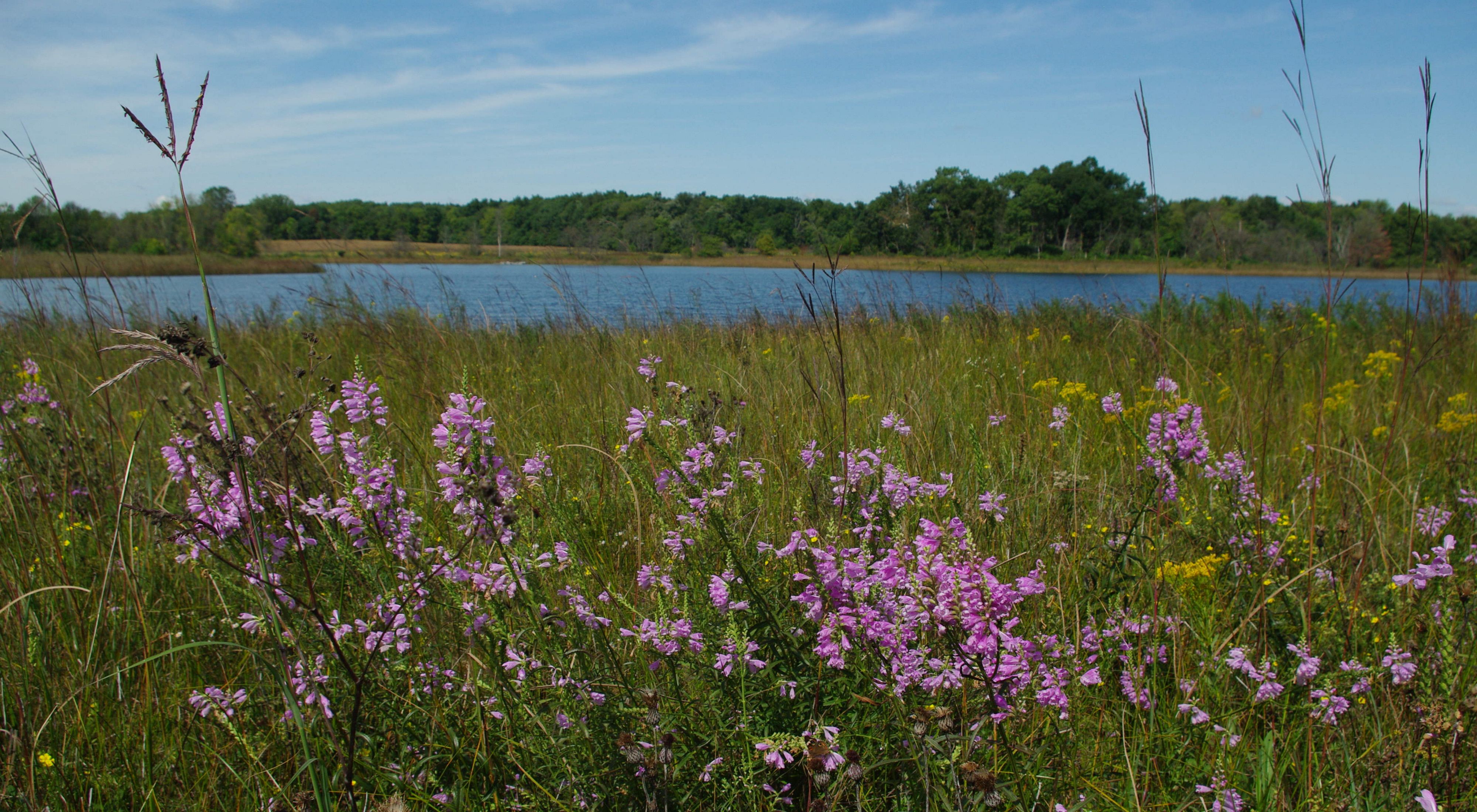Over the past few years, we’ve seen more intense rainfall and storms in Indiana, resulting in extreme flooding of local waterways. Wetlands that used to soak up excess water now have become parking lots and rooftops. Without wetlands, where will all that water go? Check your basement.
It may seem nature is to blame for these challenges, but wetlands show us that nature is also the solution.
What is a Wetland?
Wetlands Benefit People
Aside from the rich collection of natural wonders and recreational opportunities that wetlands provide, they also create safer and healthier communities in the form of flood resiliency. Flood–related disasters have become yearly events in Indiana. Not only do floods impact travel, cause safety issues and flood agricultural crops, sewage systems overflow, homes flood, belongings are destroyed, and the risks of intestinal illnesses rise among people exposed to contaminated floodwater.
Wetlands store excess water (up to 1 million gallons an acre, according to the U.S. Environmental Protection Agency) which helps mitigate the increasingly frequent and intense flooding we've seen over the last 30 years. Wetlands also filter pollutants before they reach the aquifers many Hoosiers draw their water from, reducing the effort needed to make it safe for drinking.

Chart showing New Harmony, IN, flooding over the past 100 years.
Wetlands clean water as dense plant communities filter toxic substances and soak up fertilizer-rich storm waters.
And let's not discount the important role wetlands play in the life cycles of plants and animals, including rare and endangered species like four-toed salamanders. People who like to observe these natural wonders know the intrinsic value of wetlands and the joy they bring.
While nature provides these services without cost, they do have value. Each acre of wetland annually provides $248 worth of purification, according to the Indiana Department of Natural Resources. A single acre also provides $2,270 in water storage services and $1,055 worth of erosion prevention.
That means the annual value of these services from all of Indiana's wetlands (roughly 800,000 acres) is $202 million in water purification, $1.8 billion in water storage and $850 million in erosion prevention. Combined, that's almost the amount Indiana stands to gain from the one-time Infrastructure Investment and Jobs Act, except that wetlands provide these benefits year after year.
Sometimes the value of something is only realized in its loss, but Indiana’s wetlands are valued by Indiana residents who want to ensure their survival. From merely an economic standpoint, it makes good business sense to conserve wetlands.

Be a Wetland Warrior
Just as we need our trail advocates, forest guardians and water keepers, we need our wetland warriors! Familiarize yourself with wetlands in your area and champion our wetlands and the multitude of gifts they provide.
We cannot accept further net loss of this incredible and dynamic resource. We need to work towards increasing the footprint of wetlands through further conservation and restoration—our lives, our communities and our planet will be better for it.

